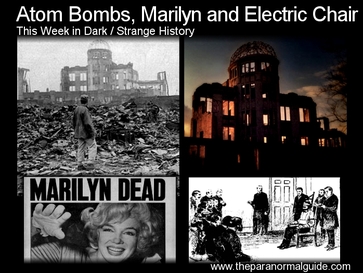
August 5, 1962
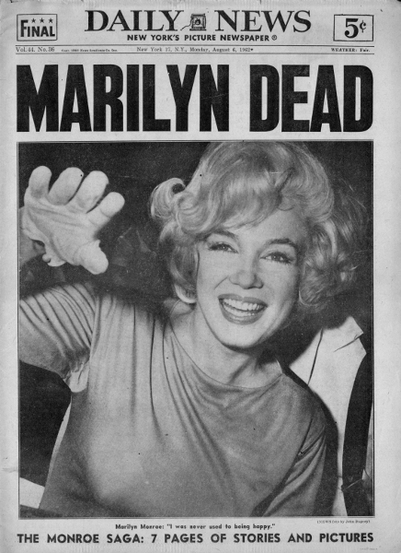 Front page news
Front page news The actress who changed her name after signing a contract with 20th Century Fox became one of Hollywood's most alluring stars. Early film performances were minor roles but after been noticed in 'All About Eve' in 1950, she began to draw attention.
She soon had many leading roles and it was not uncommon for writers to create roles around the idea of having her playing them. Her last role was in 'The Misfits', released in 1961. It was at about this time that she received another reputation, for being unreliable and difficult to work with.
On August 5th, 1962, a LAPD sergeant received a phone call from Monroes psychiatrist saying that she was dead in her Los Angeles home. Large amounts of barbituates were found in her system and the coroners office ruled the death as 'probable' suicide (she had attempted suicide four times prior to her death). However not everyone went with that idea, many believe Monroes death to be a case of murder.
She was quite close with both John Kennedy (35th President of the US) and his brother Robert. It is widely held that Monroe had an affair with the president and held notions of one day being the First Lady of the United States. It is thought that Monroe either took her own life after being brought news by Robert Kennedy that his President brother wanted to call the affair off... or that the CIA had taken matters into their own hands to prevent a government embarrassment.
Monroe was interred in a crypt at the Corridor of Memories at Westwood Village Memorial Park Cemetery in Los Angeles.
August 5, 1890
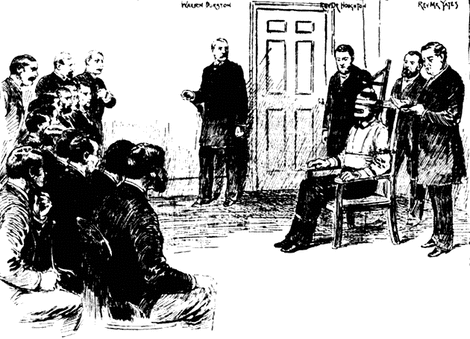 Execution of William Kemmler
Execution of William Kemmler The following morning, August 6, at 5am, convicted murderer William Kemmler was awoken in his cell. He quickly gets dressed in a suit complete with neck tie – he had an appointment with eternity to attend.
A little more than a year previously, on March 29, 1889, he had killed his wife with a hatchet. The trial was pretty straight forward but the punishment was not – he was sentenced to death via the electric chair. His lawyers argued against the sentencing, not the death sentence but rather the way it would be carried out. This would be a first, and as electricity was still viewed as a mysterious and wondrous thing by the masses, it was considered cruel and unusual to use it to end a mans life.
The appeal failed so William Kemmler found himself at about 6am on the morning of his prescribed death having his head shaved whilst saying some prayers. At 6:38am he entered the execution room and said to the witnesses presiding over the event “Gentlemen, I wish you all good luck. I believe I am going to a good place, and I am ready to go."
He kept total composure throughout the entire proceedings. He casually sat in the chair, was strapped in, had a veil placed over his face and the electrodes attached. His last words were "Take it easy and do it properly, I'm in no hurry." to which the warden replied "Goodbye, William". Then the switch was thrown.
The current was passed through Kemmlers body for 17 seconds before being switched off and Kemmler declared dead.
Then he started breathing again.
The current was doubled and left to run for a longer period of time. The room filled with the smell of burning hair and flesh and several spectators tried to flee, vomiting, but had to remain until death had been established. Some reported that parts of Kemmlers body caught fire and witnessing reporters would later write that it was "an awful spectacle, far worse than hanging" and "They would have done better using an axe."
Kemmler was eventually pronounced dead, the autopsy showing that the electrode on his back had burnt all the way through to his spine. The entire ordeal took about eight minutes but the memory will have stayed with the witnesses for many years afterwards.
August 6, 1945
 Former trade hall in Hiroshima just after the blast and as it is today.
Former trade hall in Hiroshima just after the blast and as it is today. Anti aircraft batteries also halted their fire due to the potential for casualties and collateral damage on the ground. The planes were headed for Hiroshima and collateral/civilian casualties in such a civilian centre would be high.
At 8:15am “Little Boy”, a gravity type bomb packed with 64kgs of Uranium-235 was released from the “Enola Gay” at an altitude of 32,000 feet and dropped for 43 seconds before reaching a altitude of 1,968 feet where it detonated right above the Shima Surgical Clinic.
The blast, an equivalent of 16,000 tonnes of TNT being detonated, killed 30% of Hiroshimas population (or about 70,000 – 80,000 people) near instantly with nearly double that succumbing to resulting injuries. Along with these initial deaths was nearly all of the doctors and nurses in the city. 4.4 square miles of the city was completely destroyed.
Three days later another bomb was dropped, this time on Nagasaki, with similar effects. The planes were spotted early but the small formation was once again largely ignored. The bomb, “Fat Man” and its load of 6.4kgs of Plutonium was dropped a little after 11am.
Between 45,000 and 75,000 people lost their lives in Nagasaki.
Seven more bombs were in states of preparation when Japan surrendered to the allies on 14 august, 1945.
It is thought that more than 300,000 people have died as a result of the two bombings, with more lives thought to be lost due to long ranging effects of radiation in generations to come.
The total yield size for both of the weapons dropped on Japan comes to about 40kt or 40,000 tons of TNT. However the largest nuclear test to date has a yield of 50Mt or 50,000,000 tons of TNT...
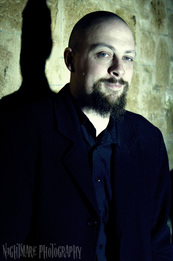
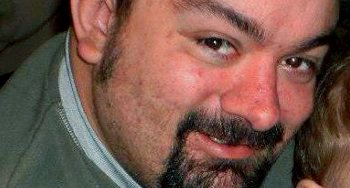


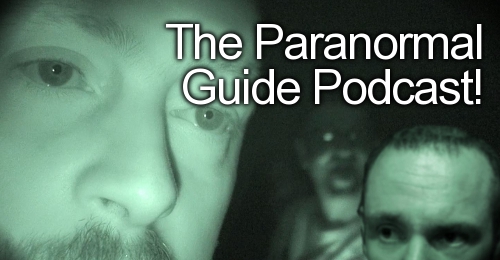
 RSS Feed
RSS Feed
